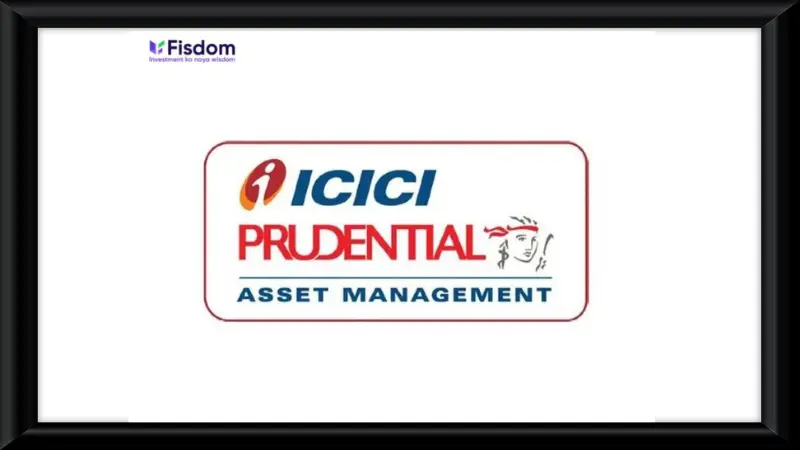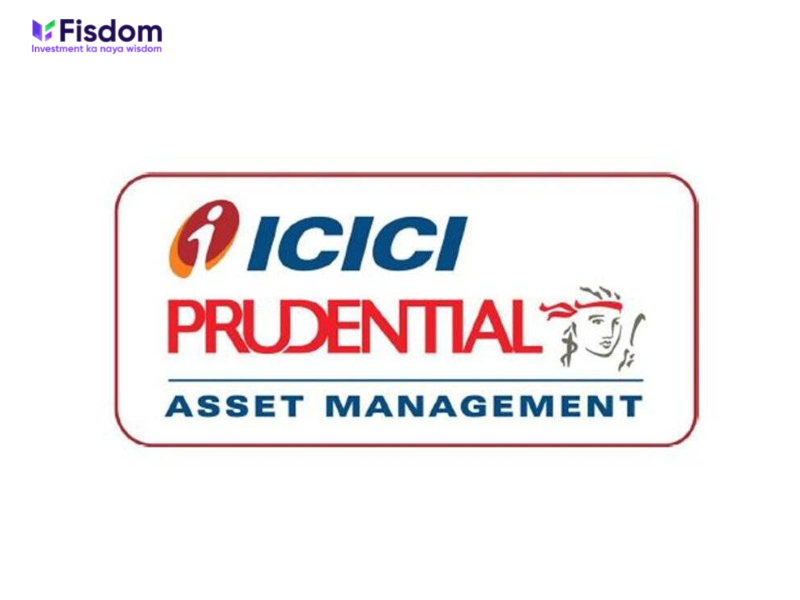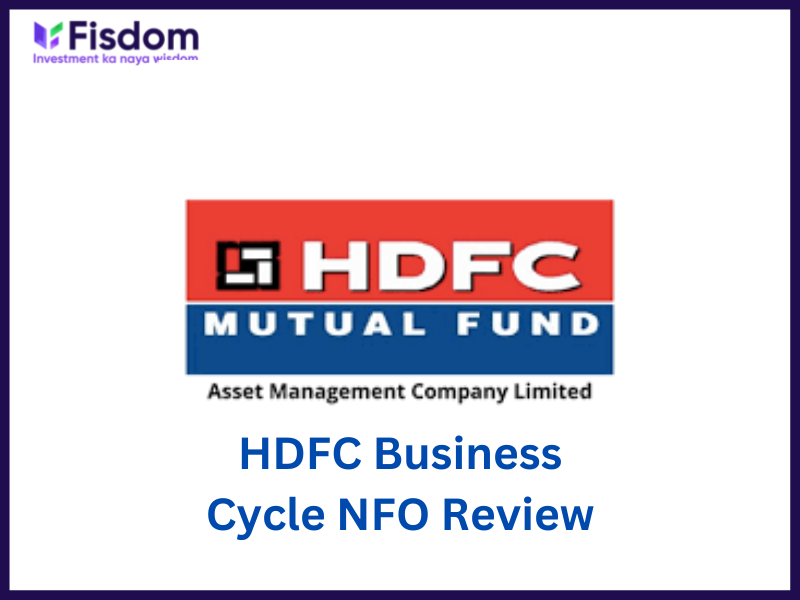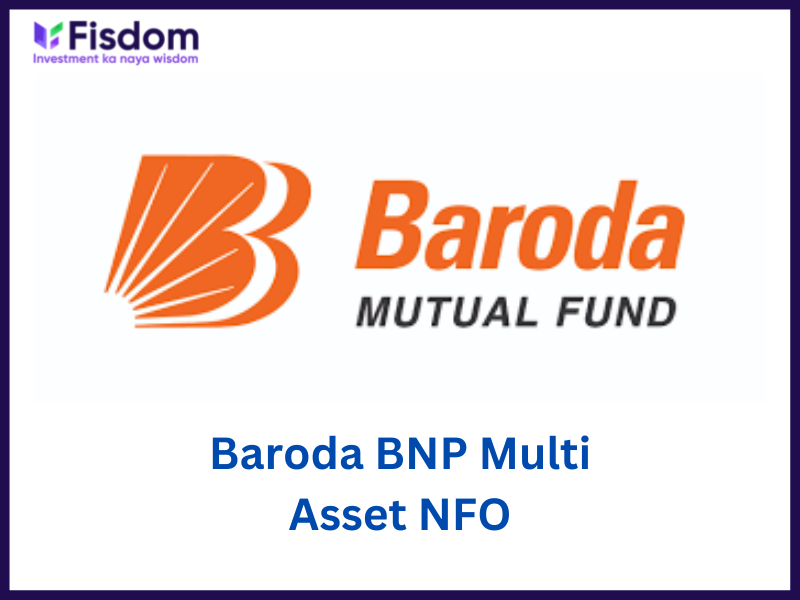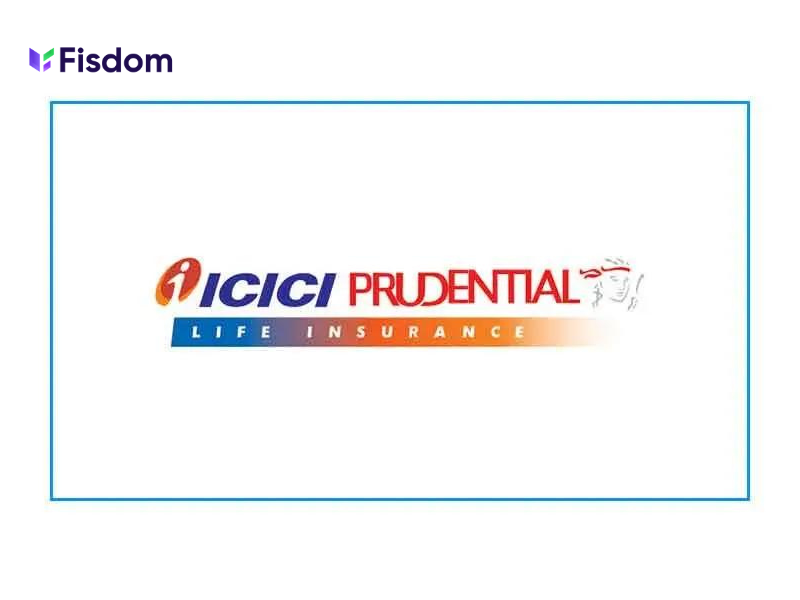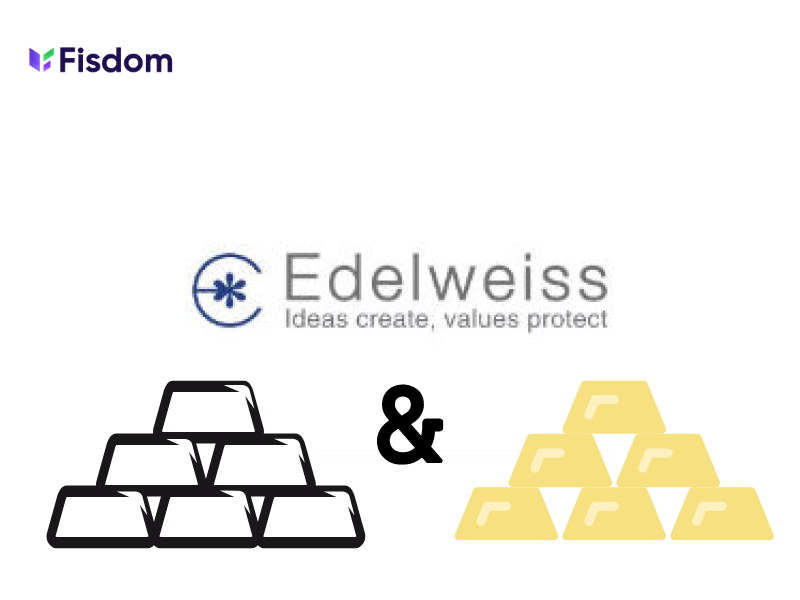
White Oak capital has recently launched a new fund in the ELSS funds category, White Oak Capital Tax Saver Fund. This fund is launched on 16th August 2022 with the NFO period continuing till 23rd September 2022 and the benchmark of the fund is S&P BSE 500 TRI. The fund will be relaunched for a regular subscription within 5 days from the date of allotment.
Investment objective
The fund will predominantly invest in equity and equity-related instruments and the scheme objective of the fund is to generate capital appreciation or income from such investments. However, the fund does not guarantee to achieve the objective or generate returns from the fund.
Reasons to invest in this fund
- High returns
The fund will predominantly invest in equity and equity-related instruments (minimum of 80%) and hence, has the potential to generate higher returns as compared to other investment options like PPF, debt funds, etc. Therefore, investors can boost the overall returns of their portfolios by investing in this fund.
- Tax benefits
This fund belongs to the ELSS category of mutual funds. Therefore, investment in the fund qualifies for a deduction under section 80C of the Income Tax Act, 1961. Also, as the fund is classified under the equity funds category for taxation purposes, long-term gains from the fund are exempt up to Rs. 1,00,000. Beyond this limit, long-term gains will be taxed at a flat rate of 10% without the benefit of indexation.
- Target investors
The target investors for this fund are investors with a high-risk appetite and a long-term investment horizon of 5 years or more. The long-term investment horizon allows the fund to grow and provide a good capital appreciation for the investors as well as ignore the short-term market volatility.
- Diversified portfolio
The scheme will invest in equities across all the market capitalizations and sectors as well as in debt and money market instruments. This will provide the investors with the inherent benefit of diversification allowing them to reap the returns from diverse asset classes along with spreading the risk of investing in absolute equity.
Performance of the Benchmark
Given below is a brief outlook of the returns of the S&P BSE 500 TRI index against other indices over various periods as on 17th August 2022.
| Period | S&P BSE 500 TRI | S&P BSE 100 TRI | S&P BSE 200 TRI |
| 1-Year | 8.49% | 8.76% | 9.18% |
| 3-Year | 12.21% | 10.47% | 11.68% |
| 5-Year | 9.24% | 9.05% | 9.46% |
| Since Inception | 11.29% | 9.26% | 11.4% |
Risks of investing in the fund
- Market volatility
The fund is classified under the very high-risk category due to its high volume of investments in equity and equity-related instruments. This directly impacts the performance of the fund due to high market volatility and also has the potential of draining the capital investment in extreme downtrends.
- Investment horizon
The ideal investment horizon of the fund is a minimum of 5 years for the fund to grow and realize substantial appreciation of the investment. Also, as the fund belongs to the ELSS category, the investors will have to stay invested in the fund for the lock-in period of 3 years. This may not be suitable for investors looking for short-term gains and therefore, may limit the subscription to the scheme.
- Inherent risks associated with an investment in dent and money market instruments
The fund is not free from the inherent investment risks like the credit risk, market risk, interest risk, liquidity risk, etc. Therefore, investors are advised to invest with caution and after being aware of all the risks associated with an investment in the fund. they can take guidance from the AMC directly or their brokers regarding the same.
- Premature withdrawals are not permitted
White Oak Capital Tax Saver Fund is an ELSS fund and therefore, has a minimum lock-in period of 3 years. Investors will not be allowed to liquidate their holdings for the duration of the lock-in period. Any premature funds will be subject to an exit load as per the guidelines under the Scheme Information Document (SID)
Fund Details
| Scheme name | White Oak Capital Tax Saver Fund |
| Type of Scheme | An open-ended equity-linked scheme with a strategic lock-in period of 3 years and tax benefits |
| Category of the scheme | Equity Linked Savings Scheme (ELSS) |
| Benchmark | S&P BSE 500 TRI |
| Plan and options | Plans – Regular Plan and Direct PlanOptions – Growth option and IDCW (Pay-out option only) |
| Fund Manager | Mr. Ramesh Mantri (Equity), Mr. Piyush Baranwal (Debt), and Ms. Trupti Agrawal (Overseas Investments) |
| Exit Load | NIL (Subject to the lock-in period of 3 years) |
| Minimum Investment | Lumpsum Mode – Minimum Rs. 500 and in multiples of Re. 1/- thereafter and minimum Rs. 500 (in multiples of Re. 1/- thereafter) for additional application SIP Mode – Minimum Rs. 500 |
| NFO Period | 16th August 2022 – 23rd September 2022 |
How to invest in White Oak Capital Tax Saver Fund?
Investors can invest in this fund through the Fisdom app by using the following link.
FAQs
NFO (New Fund Offer) is launched by the Asset Management Companies (AMCs) to generate funds for launching a new mutual fund. These funds are then pooled to buy the shares or other securities as per the fund’s mandate or the guidelines based on which the fund is launched. NFOs are like IPOs where all the relevant details of the funds are provided at the time of their launch and the units of the fund are usually set at Rs. 10 per unit for a subscription. SEBI guidelines allow the NFOs to be active for a maximum period of 30 days following which the units of the fund are traded based on their daily NAV.
NFOs, at the time of their launch, are launched in two categories namely close-ended funds and open-ended funds. The details of each type of fund are mentioned below.
Open-ended funds
The majority of mutual funds are launched as open-ended funds. Investors can subscribe to the fund at the nominal rate (usually Rs. 10 per unit) during the NFO period. After the NFO period, when the units are traded based on the daily NAV, the investors stand to gain huge capital gains depending on the performance of the fund.
Close-ended funds
Close-ended funds, on the other hand, do not allow the investors to subscribe to the fund after the NFO period is closed.
Investing in NFOs is a very good opportunity to maximize the returns as the units can be subscribed at nominal rates and the returns are potentially higher based on the prevailing NAV at the time of redemption. However, there are several points that need to be considered while subscribing to an NFO. Some of such points are highlighted below.
a)Track record of the AMC
NFOs are offered for the new mutual fund so no proven track record can be reviewed by investors to make an informed investment decision. The investors have to therefore rely on the reputation of the AMC and other details mentioned in the NFO to make an investment decision.
b)Expense ratio (if mentioned)
NFOs need a good amount of publicity to make the investors aware of the fund and the investment opportunity. It is therefore essential for the investors to check the expense ratio of the fund and ensure that it does not outweigh the net gains.
c)Check if the fund is in correlation to the existing portfolio
Recently there have been many NFOs in the market that investors can choose from. However, while selecting the fund the investors must check if the fund is not similar to an existing fund in their portfolio. For example, if the fund is a large-cap fund and the investor already has one or two similar funds in their portfolio, investing in another will not add much value to the net returns or the diversification of the portfolio. On the other hand, many NFOs can be sector-specific or country-specific. In such a case, investors have to check if the fund is in line with other factors like their risk-return profile and investment goals.
d)Review the SID carefully
Reviewing the SID (Scheme Information Document) is a crucial step that should not be missed by investors while investing in NFOs. It contains all the relevant information about the fund managers, their qualifications, and experience which is crucial for the funds’ performance. Other relevant information includes the investment profile of the fund, target sectors or securities, benchmark index, asset allocation ratio, etc. This helps the investors understand the returns expectation of the fund as well as the target investments where the fund will invest the pooled funds. Investors having a risk-return profile in line with that of the fund can thus invest in such funds.
Investment in NFOs can be done through two main routes i.e., the online or offline modes. The details of the same are mentioned below.
a)Online mode
The online mode of investment is suitable for investors already having a Demat account and a trading account. Investors can simply select the NFO and invest by selecting the number of units to invest and paying for the same through online payment modes available on the platform.
b)Offline mode
The offline mode of investment in NFOs is through registered brokers and distributors. Investors can contact their brokers and distributors providing them with the details of the amount to be invested and they can invest in the selected NFOs on their behalf. Investors can make hassle-free investments through such modes as all the necessary forms to be filled and the formalities to be met are looked after by these entities giving investors the benefit of ease of investment. The charges for such services are nominal when compared to the potentially high returns.














